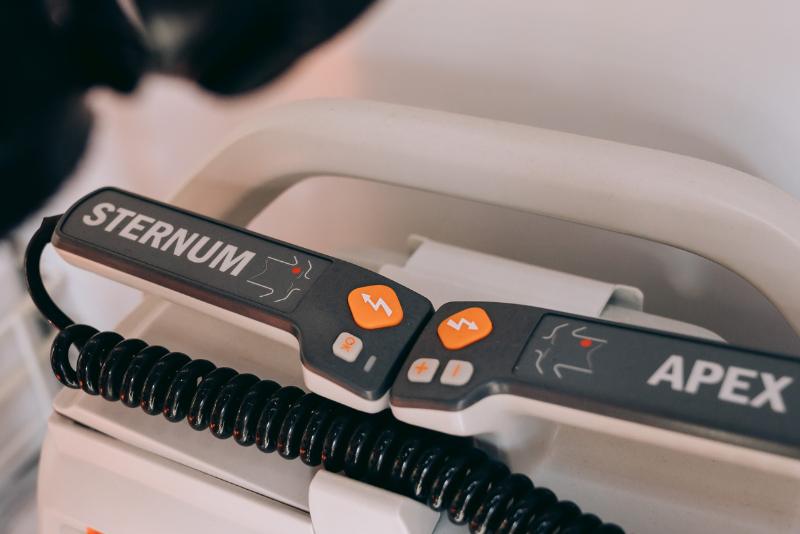As medical plan premiums increase and employees are prescribed high-cost specialty drugs, employers are left wondering about solutions to the rising costs of prescription drugs in their health plans.
Make sure your pharmacy contracts include waiting periods on new drugs.
This allows the Pharmacy & Therapeutics (P&T) Committee to review the efficacy of the medication and establish guidelines and policies for its use, including whether or not to include it on their formulary. Although your employees will have to pay out of pocket for new specialty drugs during this period, some of them may be approved, depending on the circumstance. This approach will significantly curb costs for your business by discouraging employees wanting new and expensive drugs that may already have a cheaper alternative on the market.
Make sure your stop loss insurance policy includes coverage for prescription drugs.
In the past, prescription drug costs were a small percentage of the overall cost of a health plan and were sometimes excluded under the stop loss or pooling arrangement. Under today’s health plans, prescription drug costs can equal 25% to 40% of the total claim expenses making them one of the highest components of health plan expenses.
Consider including No New Laser (NNL) Protection and Guaranteed Renewal with Rate Cap (GRRC) in your stop loss contracts.
The NNL contract ensures that your stop loss carrier won’t single-out an employee to a higher specific (individual) deductible amount or exclude them from the contract, just because they are taking a high–cost medication. The GRRC provision limits the rate increase the stop loss carrier can apply at renewal. With the development of newer drugs costing hundreds of thousands of dollars, the NNL combined with GRRC helps protect your business in the event an employee needs a high–cost medication for ongoing treatment of their health condition.
Negotiate with PBMs and TPAs to exclude medication.
While it is an extreme solution, you can negotiate with the Pharmacy Benefit Manager or the Third-Party Administrator to exclude certain high-cost medication if your business has a self-insured plan. Just keep in mind, this may prevent your employees from getting the drug they need to be covered by insurance.
Find a third party who can obtain a clinical evaluation.
This would allow an employee taking a high-cost drug to get coverage through some type of manufacturer program (for instance copay assistance). By doing this, you carve that medication out of your plan, but the manufacturer is still going to provide the medication to the individual at a lower cost.
Unfortunately, there is no magic solution for the rising costs of prescription drugs issue, but it’s important to make sure you’re strategizing with your benefits advisor to address the potential issues for these situations NOW, not after a one of your employees is prescribed a high-cost specialty drug.
Contact PSA
If you’d like our experts to look at your benefit plan and pharmacy contract to identify potential cost-savings, request a complimentary PBM contract review. We’ll help you figure out how to reduce pharmaceutical costs for your company.




